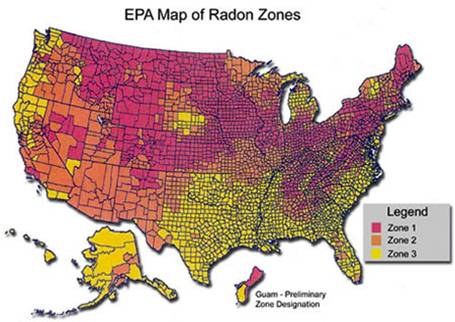-
-
-
-
-
-
-
-
-
-
-
-
-
-
-
-
Radon Information
-
![]()
Radon Information
For Radon information call the Radon Hotline number 1-800-383-5992.
_____________________________________________________________________________________
|
|
Order Radon Test kits by calling the Radon Hotline 1-800-383-5992 RADON FOR SCHOOLS _______________________ Need to find a radon professional? Certified Radon Measurement Specialist (Iowa Certified Radon Measurement Specialists list) (Iowa Credentialed Radon Mitigation Specialists List) |
CHECK OUT THESE LINKS ____________ American Lung Association AARST Consortium on National Radon Standards
|


